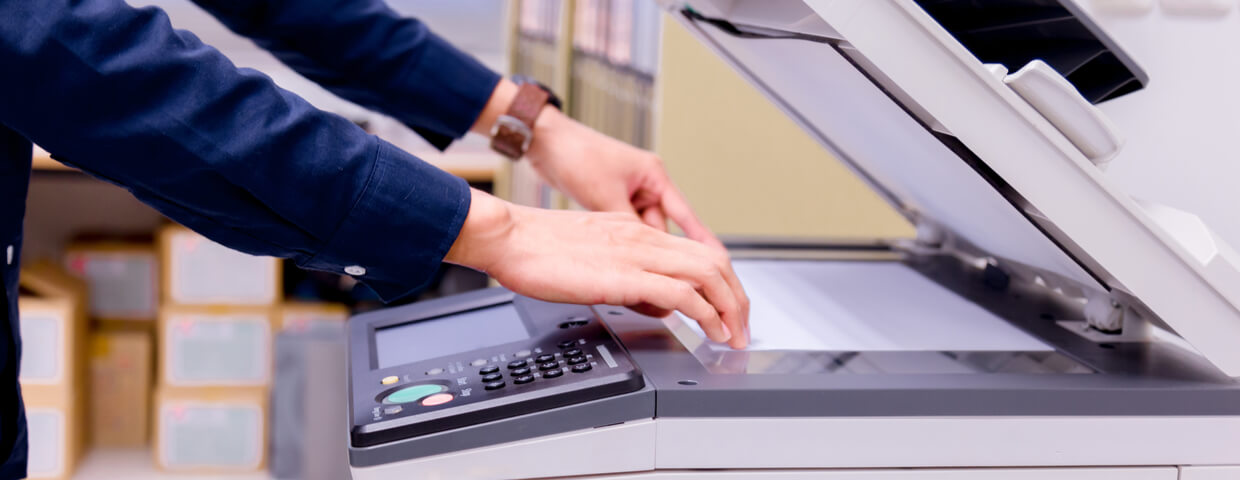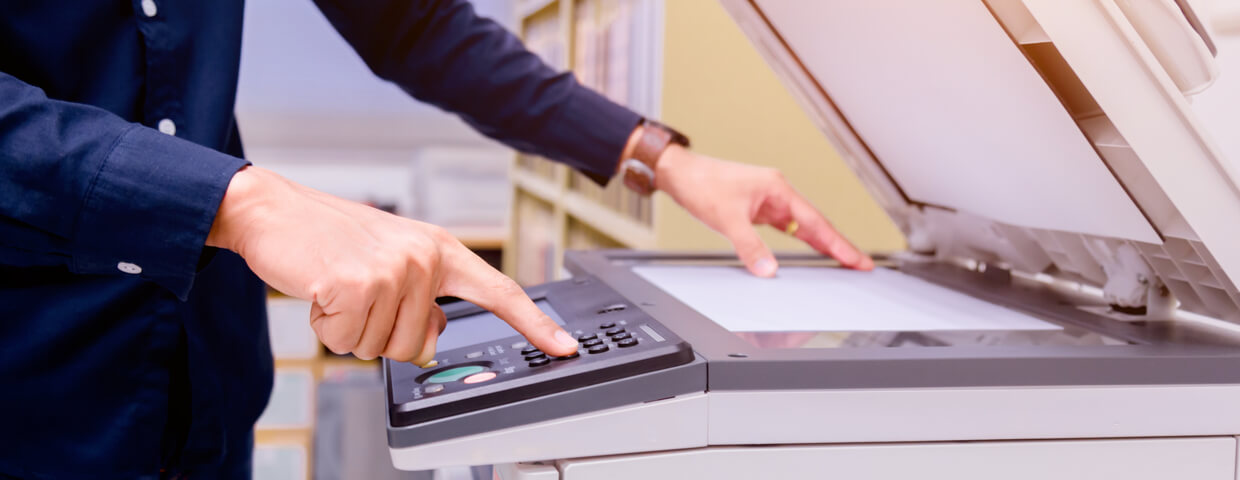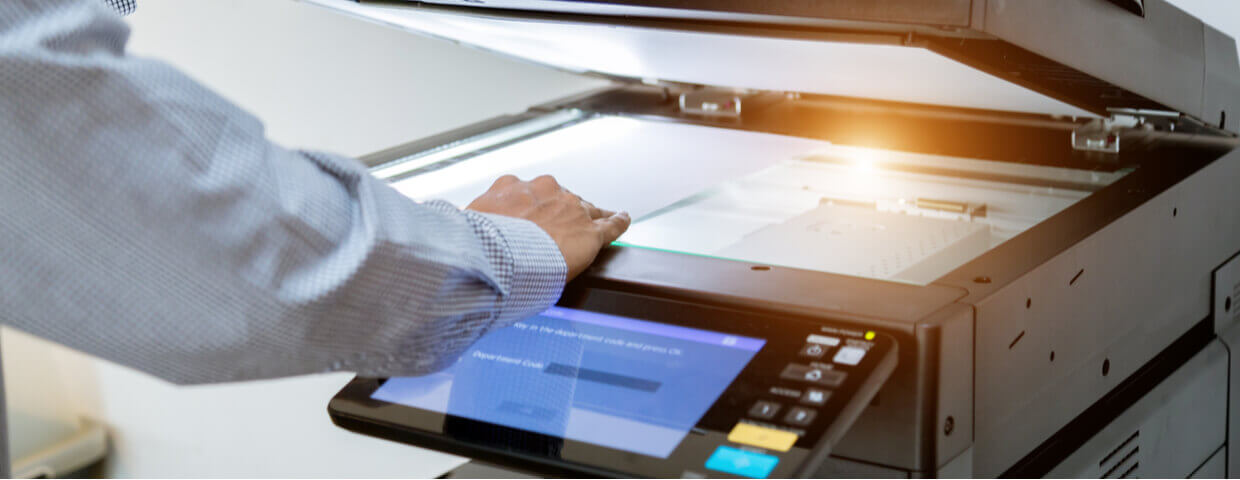What You Need to Know About Document Archiving
In this day and age, there are so many new business terms that it can be challenging to keep up–especially since technology adds a new name or phrase every other day! Although you don’t need to know every little thing, there is one term you want in your repertoire: document archiving.
What is Document Archiving?
Document archiving is almost precisely what it sounds like. It involves the long-term storage of your documents, just like you’d expect–but it’s in the details where things get dicey. The critical thing to remember about document archiving is that you can use any format, any medium, and any location, which means you have a lot of big decisions to make about where you want all this data. If, for example, you’ve been thinking about digitizing your workflows, it’s probably not a good idea to invest in physical archiving.
Another important detail about document archiving is that it needs to be secure, especially if you don’t plan to look at it for a while. Stored data should be protected just like active data; otherwise, you could have a security breach in your archives without even realizing it.
What’s the Big Deal?
Now that you know what document archiving is, let’s find out why it’s so important!
- #1: Organization.
You don’t want stacks of paper cluttering your workspace. Document archiving helps you decide what needs to be within arm’s reach and what can be put away for the time being.
- #2: Preparedness.
Of course, you also don’t want to go looking for that document you “put away,” only to realize you have no idea where it went! Document archiving tools make it easy to be prepared for anything because your stored files are only a few clicks–or steps–away.
- #3: Compliance.
Sometimes you need to keep a file around for legal reasons. That’s no problem–until it becomes a strain on your security, budget, and […]










